Tokuko Ushioda
BIBLIOTHECA
Mar 8 - Apr 28, 2017
PGI
-
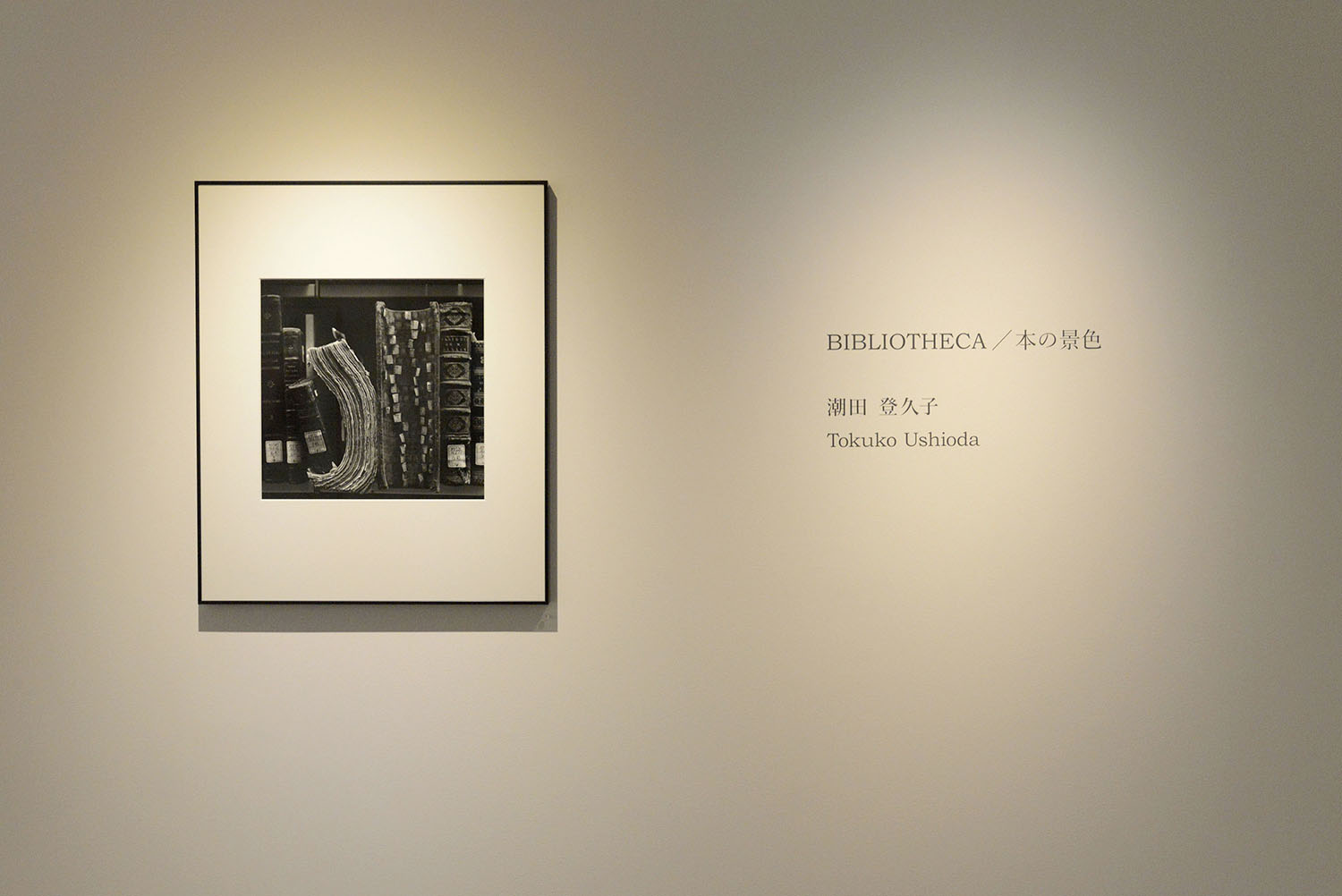
-
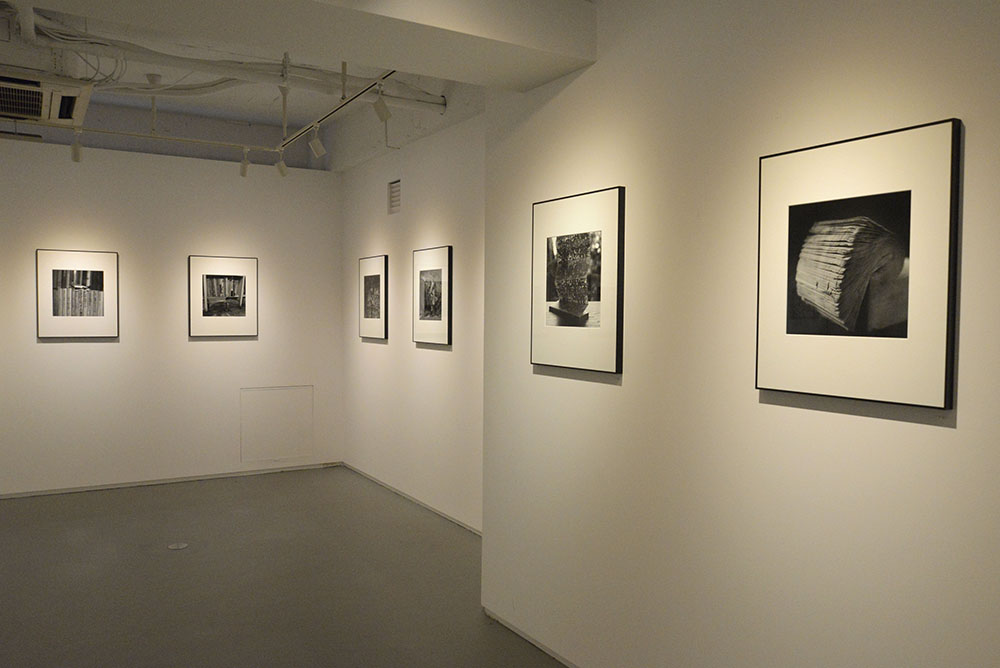
-
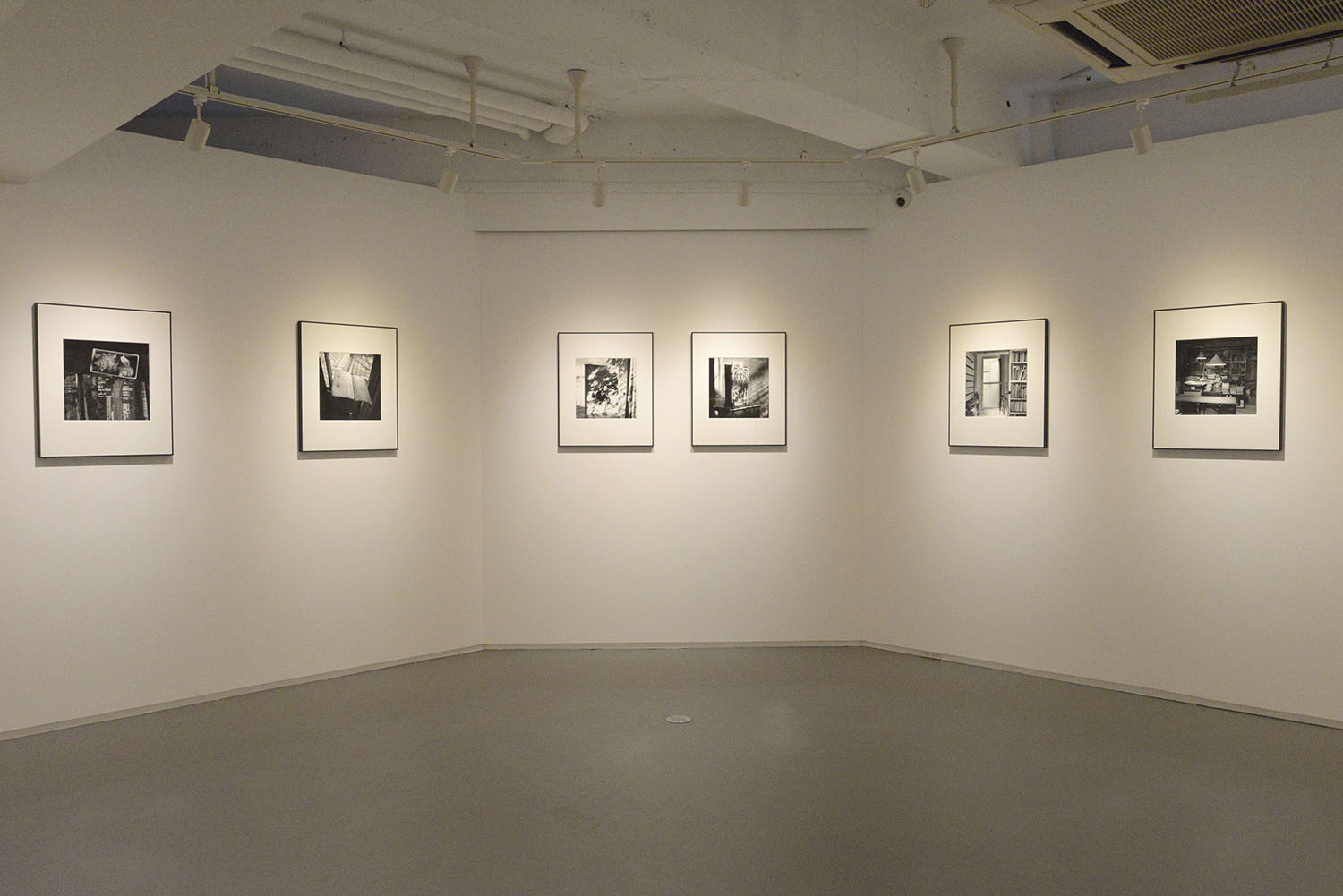
-
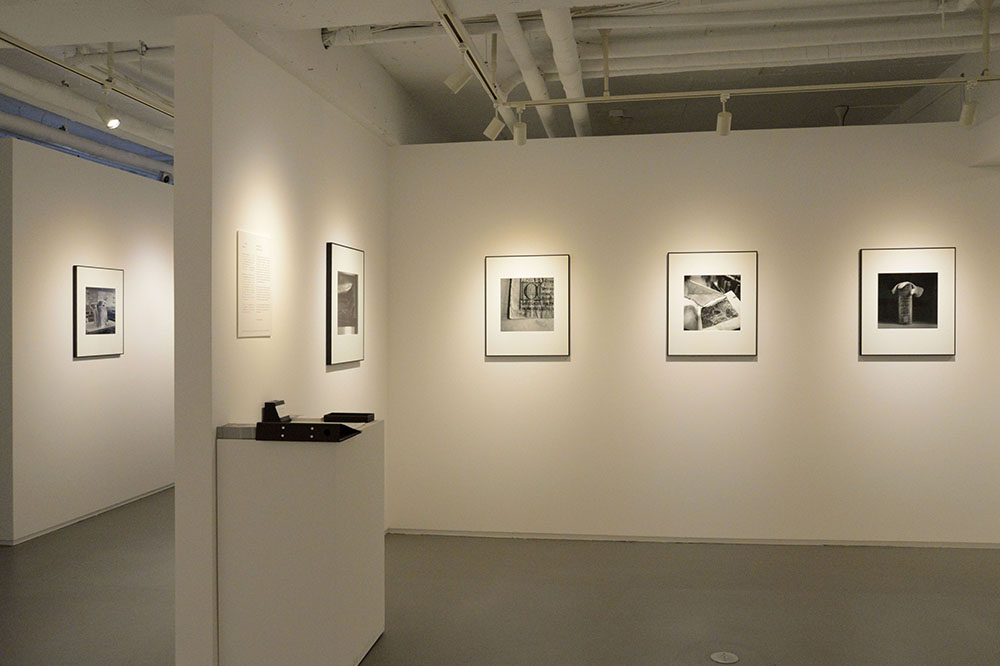
-

©Tokuko Ushioda
-
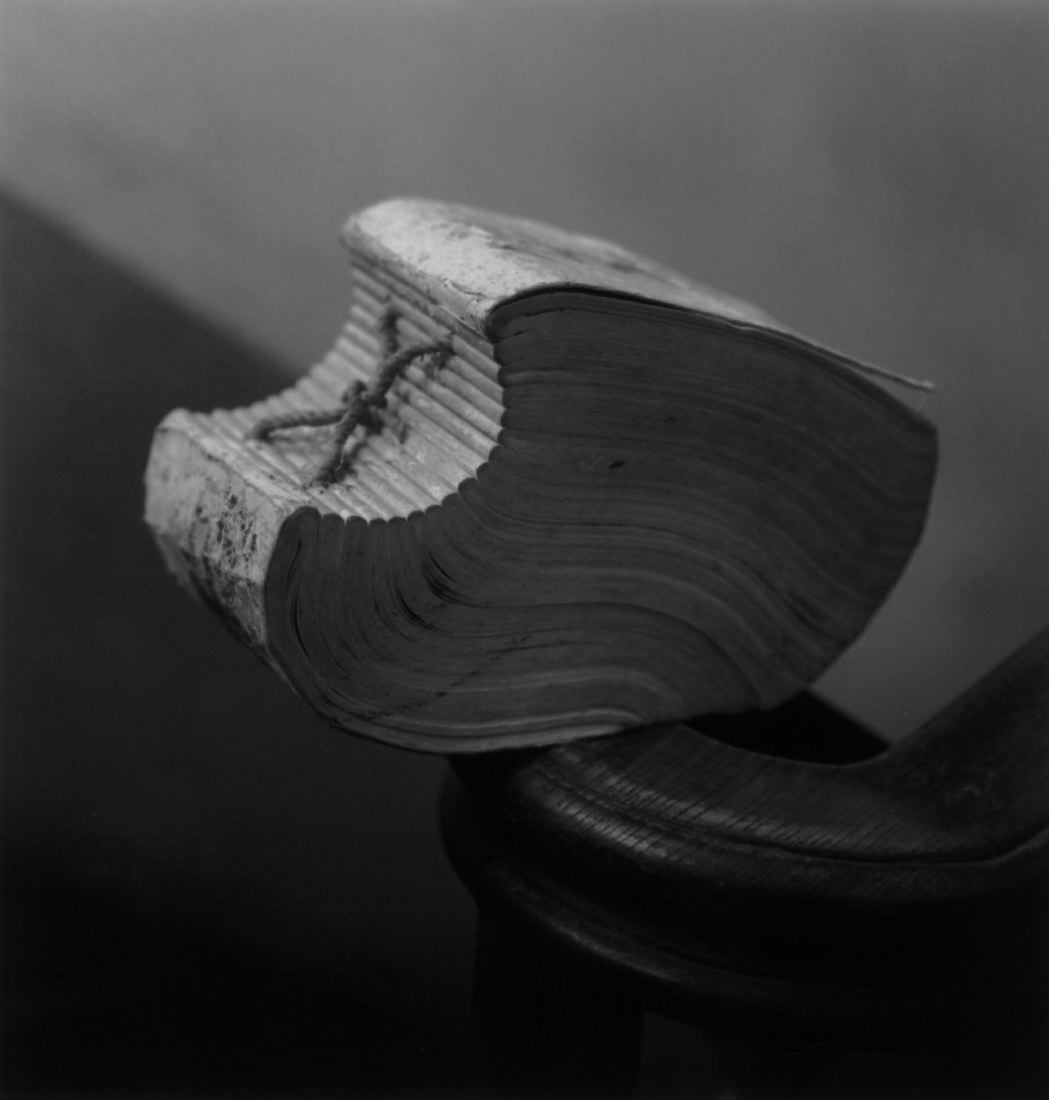
©Tokuko Ushioda
PGI is pleased to present “BIBLIOTHECA,” a solo exhibition of Tokuko Ushioda’s photographs from March 8th to April 28th, 2017. This exhibition, Ushioda’s first with PGI, will include approximately 25 gelatin silver prints from her most recent works “BIBLIOTHECA”.
Tokuko Ushioda was born in Tokyo in 1940. She studied under Yasuhiro Ishimoto and Kiyoji Otsuji at the Kuwasawa Design School, where she also instructed after graduating in 1963. Her career as a photographer began in 1975. This exhibition focuses on work from “BIBLIOTHECA,” an ongoing series started over 20 years ago after admiring the beauty of a book she was reading.
She went on to photograph books in a variety of settings, including public and university libraries, publishers’ cutting rooms and mentor Kiyoji Otsuji’s atelier. Throughout the process she wrestled with the question of whether these items, intended only to be read, could also make for an interesting photographic subject.
The books range from antiques like an Edo period accounting ledger and a 14th-century prayer book all the way to elementary school dictionaries and items from Ushioda’s own bookshelf, along with photos from restoration workshops and more. As with her magnum opus “Ice Box,” these photographs go beyond merely showing physical objects, giving an impression of both the passage of time and the people who’ve used them. This is the essence of her style. “Just showing books isn’t enough,” says Ushioda. True to her words, she’s presented a series of photographs in which the effects of time and handling are so palpable that they create an intimate image of the books’ owners.
Whether shot in dim libraries or resplendent ateliers, all images were captured using only natural light. The resulting monochrome prints display exceptional tonality and serve to enhance Ushioda’s vision.
“I found joy in coming into contact with books from so many different periods and conditions. In the presence of a massive breviary belonging to a 15th-century European monk, for example, I became positively awestruck. The hand scribed Gregorian chants and psalms looked like tattoos on its sheepskin parchment pages–beautiful yet horrid. It dated back to the either the Muromachi or Edo period, and its age showed in the tiny holes peppering the yellowed foldout pages like stardust. I’d like to imagine that the bookworms chanted as they feasted upon its passages. When second graders in elementary begins using the dictionary bookmarking study method, they look up every word and object around them and mark it with a sticky label. The more they use it, the more the labeled dictionaries begin to resemble a head of napa cabbage or broccoli–or perhaps even their growing brains. As I went about photographing books, I began to see them as something more than a collection of bound information. They became an irresistible existence in their own right.”
Tokuko Ushioda
Translated by Dan Szpara